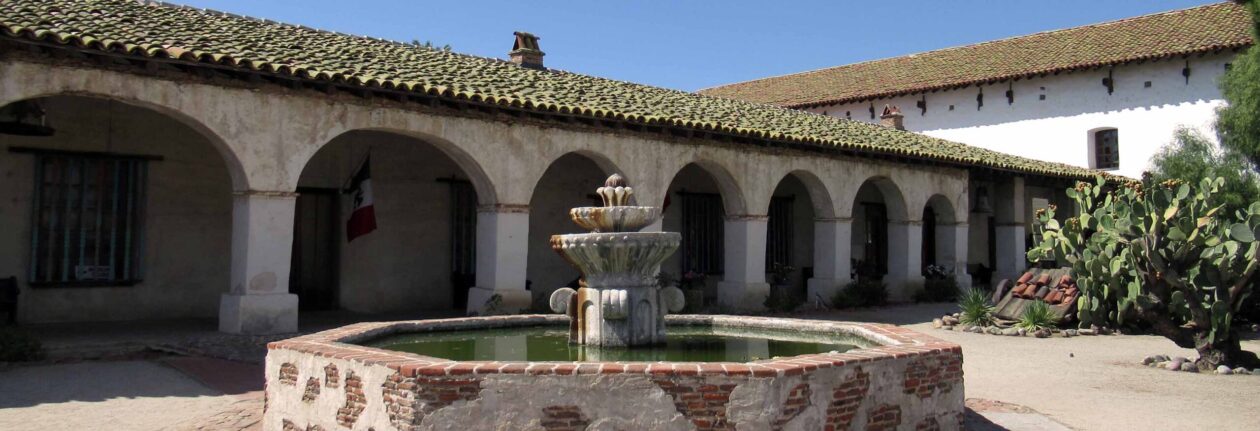Venice, Italy
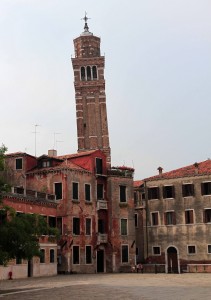
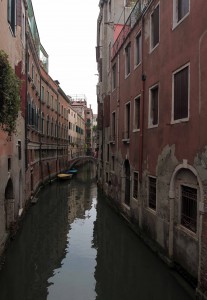
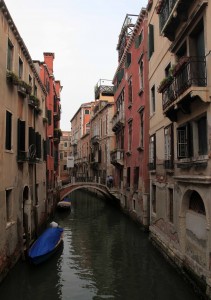
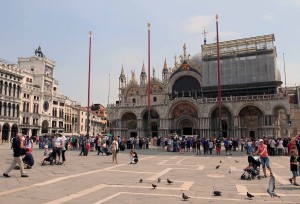
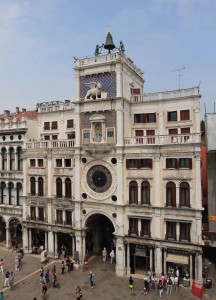
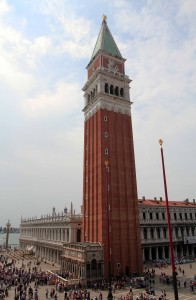
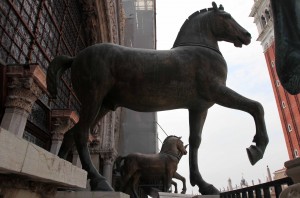
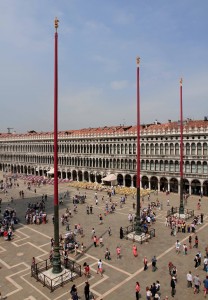
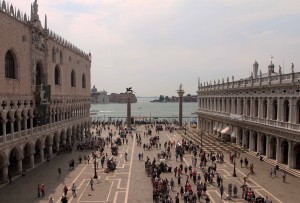
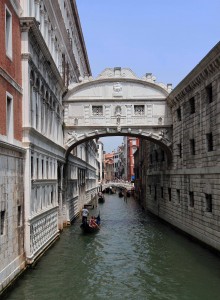
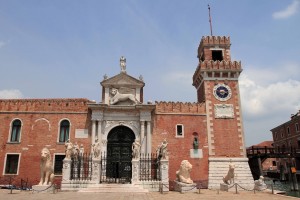
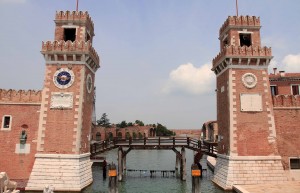
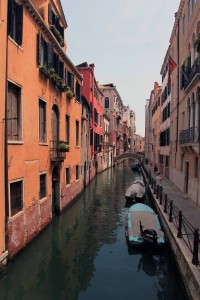
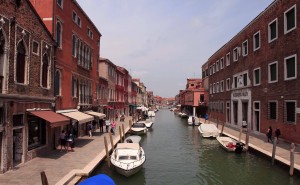
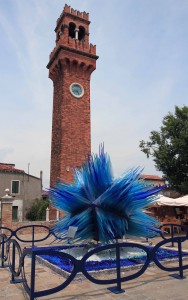
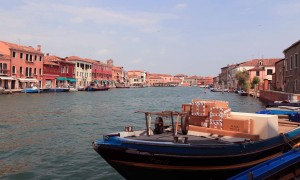
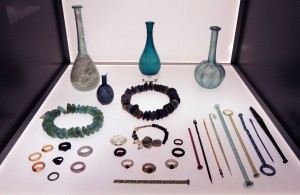
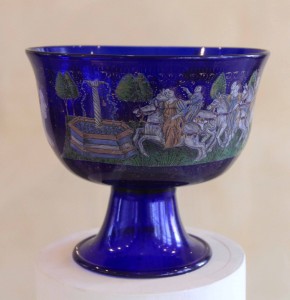
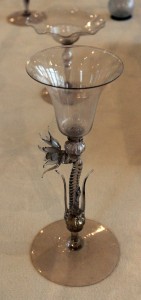
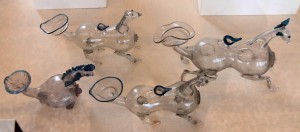
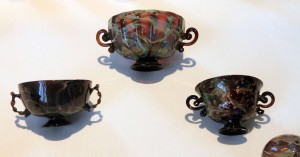
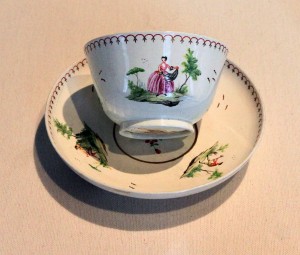
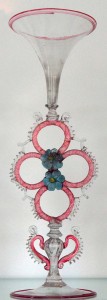
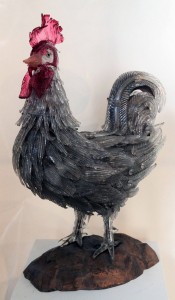
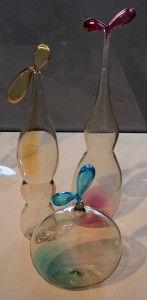
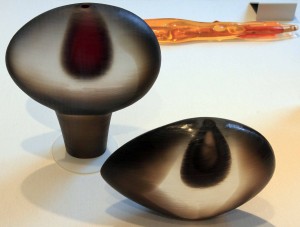
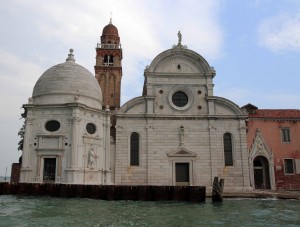
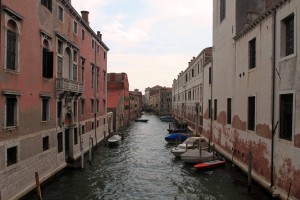
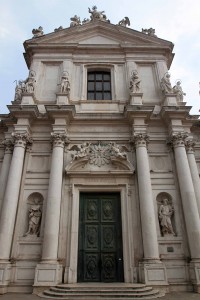
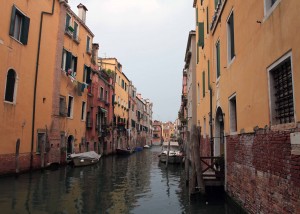
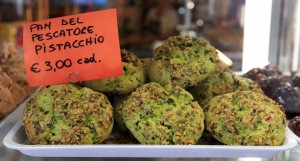
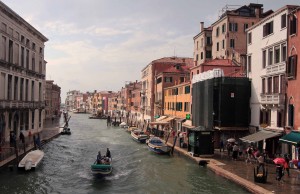
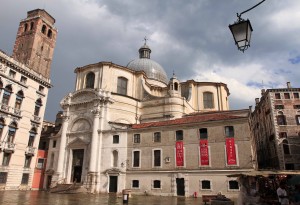
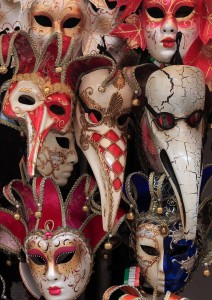
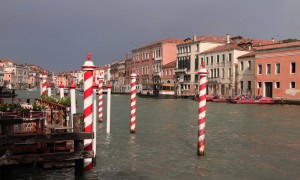
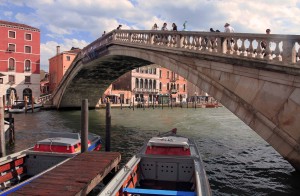

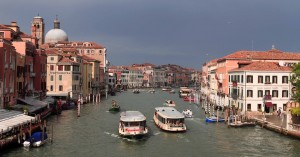
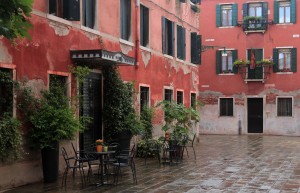
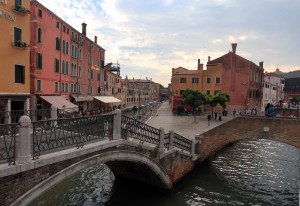
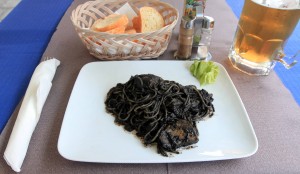
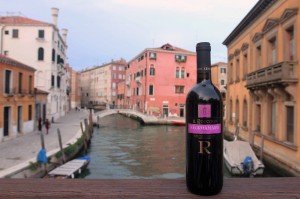
I slept in again today and did not awaken until 09:00 (I had hoped to get up by 06:00, but my body said, “No”). I then showered, dressed, grabbed my camera and tripod, and walked out of the hotel, toward Piazza San Marco. When I finally reached the piazza, there was already a long line for the Saint Mark’s Basilica and I joined the end of it. Luckily, the line didn’t take too long and within twenty minutes, I was inside the basilica. The current basilica dates back to the eleventh-century AD, though a number of modifications have occurred since then. The interior is based on a Greek cross, with each arm divided into three naves with a dome of its own as well as the main dome above the crossing; also the entire ceiling is covered in mosaics, which are primarily made up of gold glass tesserae. Unfortunately, photography was not allowed inside the building, so I have no photos to share of the beautiful interior. Once inside the church, I walked around, mostly admiring the stunning mosaics above. I also visited the small treasury (for a fee) and looked at many pieces of bones that supposedly belonged to various saints. I then walked around the altar (for another fee), and looked at the altarpiece, which has two sides and can be rotated based on the occasion; also, underneath the altar, is the sarcophagus of Saint Mark the Evangelist; the story goes, that in 828 AD, relics believed to be the body of St. Mark were stolen from Alexandria (at the time controlled by the Abbasid Caliphate) by two Venetian merchants with the help of two Greek monks and taken to Venice; it is also worth pointing out that Saint Mark’s symbol is the winged lion (“Lion of Saint Mark”) and thus the reason why it is also the symbol of Venice and can be found all throughout the city. After touring the inside of the basilica, I walked upstairs to the museum and terrace, where I had more great views of the inside, as well as nice views of the piazza; the museum itself goes in to more detail about the history of the basilica, its mosaics, and has some well-crafted tapestries on display. Once done seeing everything that Saint Mark’s Basilica had to offer, I walked outside and viewed the exterior of the Bridge of Sighs, which I had crossed yesterday during my tour of the Doge’s Palace. I then wandered east through the maze-like streets of Venice and found myself at the Arsenal, which is a complex of former shipyards and armories clustered together in the city; prior to the Industrial Revolution, the Venetian Arsenal was the largest industrial complex in Europe, spanning an area of about 45 hectares; it is still owned by the navy and only authorized personnel may enter inside. I then walked north and made my way to the ferry docks at Fondamente Nove. From there, I took a ferry to Murano (a group of islands north of Venice). Murano is famous for its glass making and there are many glass shops on the islands thanks to a decree ordering glassmakers to move their foundries to Murano in 1291 AD out of fear that the city’s wooden building might succumb to fire. Murano’s glassmakers held a monopoly on high-quality glassmaking for centuries, developing or refining many technologies including optically clear glass, enameled glass (“smalto”), glass with threads of gold (“aventurine”), multicolored glass (“millefiori”), milk glass (“lattimo”), and imitation gemstones made of glass. Once the ferry reached Murano (only about a mile away), I walked around, following one canal to Murano’s Grand Canal, and, from there, to another canal. I soon reached the Glass Museum, which is located in the Palazzo Giustinian (the former residence of the bishops of Torcello); inside the museum were many artifacts (some of them fantastically well-crafted) dating from the Roman times to the twentieth-century AD. I walked around the inside of the museum and viewed the stunning collection and in less than an hour I was done (it was a relatively small museum, at least by Western European standards). I then walked around Murano some more, looking at all the interesting glassworks on display, before returning to the ferry dock and taking the next ferry back to Fondamente Nove. Once back at Venice, I walked to the Church of Santa Maria Assunta (“known as I Gesuiti”), which was built in 1729 AD, and waited around there for ten minutes before it opened to the public (after 16:00). After the doors opened, I entered inside and looked around at all the marvelous sculptures adorning the sides of the nave; I then walked to sacristy and viewed the paintings in there before exiting back through the nave and out the church (sadly, no photography was permitted inside). Immediately after exiting the church, it began to rain; the nasty storm clouds I had spotted while on Murano had finally arrived. I walked through the streets of until I passed by a small standing-room-only café, where I had a cappuccino and a pistachio-flavored Pan del pescatore (a dry cake that looks and tastes like a wad of cookie that is made with raisins and other bits of nuts – I had macadamia nuts in the one I ate). I then ventured back out in to rain and took cover when able (at this point, the rainfall had escalated). Eventually, the sun came back out and the rain stopped. I wandered through the streets of Venice some more before finding a restaurant to eat an early dinner (it was only 18:00 and still very bright outside). For dinner, I had a Venetian specialty: Spaghetti al Nero di Seppia (spaghetti with cuttlefish ink and chunks); I also had a liter of draught beer (I am glad that they have the liter option on menus here, but it is a tad expensive at eleven euros – I’m still used to Balkan prices). After dinner, I walked to a nearby market and bought some pistachios, salami, Gouda cheese, and Italian red wine. I then returned to the hotel, dropped my groceries off, paid my bill, and then walked to the railway station to buy my ticket to Florence for the following day (I was advised that I should buy it in advance since it may be fully-booked on a Saturday). I then returned to my hotel room again and went through all the photographs I had taken today. I then drank the Italian red wine, which was made from Negromaro grapes, tannic, and tasted earthy and like nuts, blackberries, and blackcurrants. I then went to sleep shortly after midnight.
